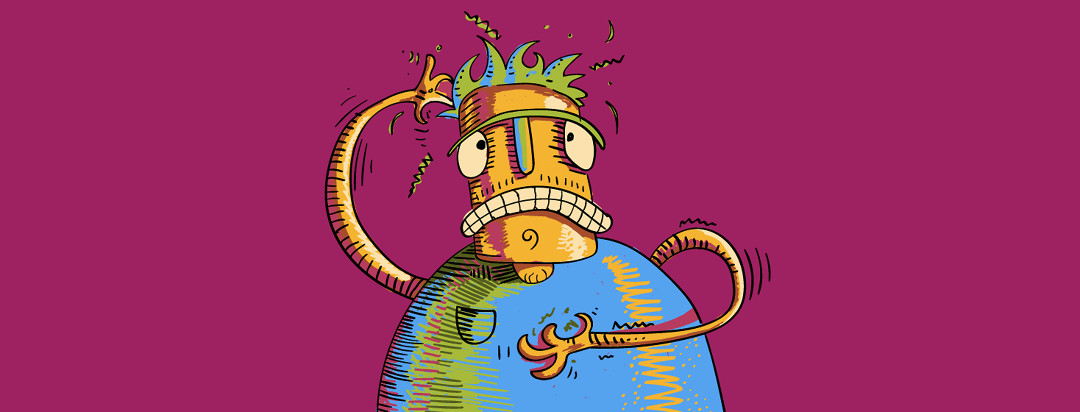What is Topical Steroid Withdrawal (TSW)?
Some people with atopic dermatitis (eczema) can control their symptoms by keeping their skin hydrated and avoiding triggers. But this is not the case for everyone.1-3
If symptoms continue or get worse, topical steroids are often prescribed. Topical steroids are the first treatment for many skin conditions, including eczema. They are applied to the skin's problem areas to reduce skin swelling (inflammation) and redness.1-3
Community Poll
Do you know about topical steroid withdrawal or TSW?
How does topical steroid withdrawal occur?
Topical steroids can be safe and effective for people with eczema. But they may cause side effects. For example, topical steroid withdrawal (TSW) can result from stopping the use of topical steroids. People with TSW experience severe skin reactions that may be worse than their original symptoms.1-3
TSW typically occurs with the long-term use of high-strength topical steroids. It is linked to daily or prolonged use without taking breaks or decreasing use.1-3
What are the symptoms of TSW?
TSW can continue for months or years. Symptoms can be severe enough that they affect your ability to function. They are often mistaken for worsening eczema symptoms, an allergic reaction, or contact dermatitis.2,3
TSW symptoms can be placed into two groups: symptoms that appear while you are using topical steroids and symptoms that appear after you have stopped.3
Symptoms you may notice while using topical steroids include:1-3
- Redness returning between applications
- Rashes in new areas of the body
- Intense itching, burning, and stinging
- Worsening of eczema, requiring higher strength steroids
Symptoms you may notice after stopping topical steroids include:1-3
- Red or darker burning skin, similar to a sunburn
- Flaking, shedding, or peeling of skin
- Oozing or pus-filled bumps
- Feeling too hot or too cold
- Redness and swelling in the arms and legs (but not in palms/soles)
- Increased skin sensitivity to water, movement, fabrics, temperature, and lotions
- Hair loss
- Trouble sleeping
- Changes in appetite
- Constant feelings of tiredness or weakness (fatigue)
- Depression or anxiety
How is TSW treated?
There is still much that experts do not know about TSW. This includes how often it happens and the amount of topical steroid use that causes it. TSW is treated by stopping the use of topical steroids and allowing the skin to heal.2
Topical steroids should not be stopped suddenly. Your doctor will help you decrease their use over time. The amount of time it takes to recover can vary.2,3
Your doctor also can help you deal with:3
- Pain and itchiness
- Anxiety, depression, and sleep problems
- Preventing infection
Currently, there is no form of treatment that can speed up healing or cure TSW. But there is evidence that certain drugs, such as dupilumab, may help. More research is needed to find effective ways to treat the condition.2,3
Can TSW be prevented?
People with eczema and other skin conditions should be aware of the potential risks of using topical steroids for an extended time. TSW is still a fairly new condition, and it is not easily recognized. It is unclear why some people develop TSW and others do not. Creating awareness of TSW is essential to prevention.1-3
How can you reduce your risk of TSW?
If you use topical steroids, you can reduce your risk of TSW by:1-3
- Asking your doctor about nonsteroid treatment methods, such as drugs, natural plant-based treatment, and skin-soothing fabrics
- Knowing and recognizing the symptoms of TSW
- Closely monitoring your skin and reactions to the use of topical steroids
If you think you may be experiencing TSW, talk to your doctor about stopping the use of topical steroids.
Community Poll
Do you have experience with TSW?

Join the conversation